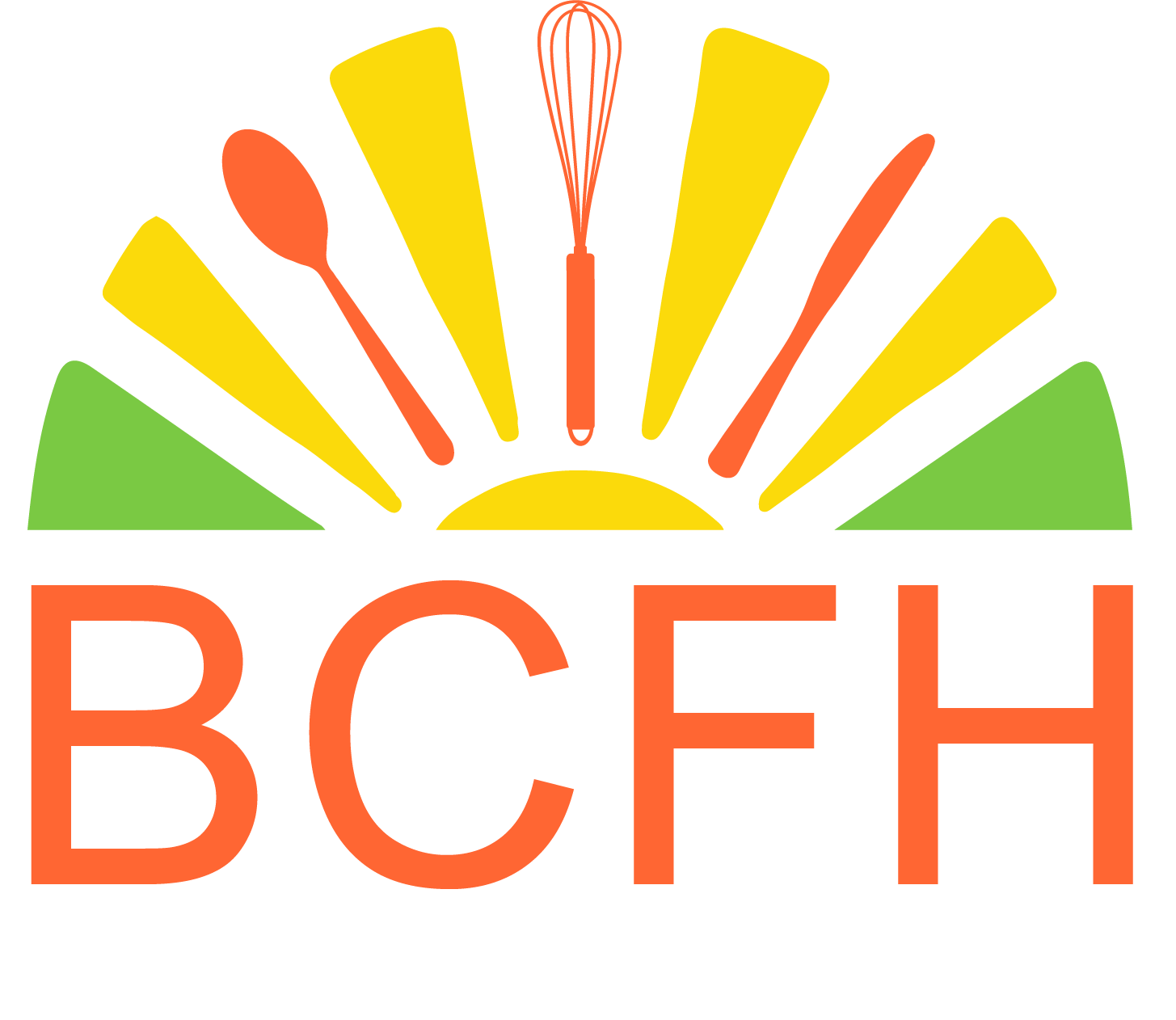February 2 is more than Groundhog Day. It is a cross-quarter day that was important for the ancient Celts who marked the days that were halfway between solstice and an equinox [i].
Halfway between December 21 and March 21 is February 2, which is called Candlemas in addition to Groundhog Day.
Halfway between March 21 and June 21 is May 1, known as May Day, with roots in pre-Christian religions and an association with the Beltane festival.
Lammas, August 1, is halfway between June 21 and September 21. Many communities celebrate Harvest Day on August 1.
Hallowe’en is the most popular cross-quarter day. It’s mostly celebrated on October 31, but the very next day is of course, All Saints Day, November 1, half way between September 21 and December 21.
On Groundhog Day we come closest to our ancient agricultural roots, estimating how far away spring is and when the crops can be planted. In olden times in England a bright and sunny February 2 meant snow and frost was going to continue. A cloudy and dark day meant warmth and rain to get the fields ready for planting.
Somehow this got translated into Groundhog Day when the groundhog would retreat back into its burrow because it was frightened of its shadow, therefore ensuring that winter would continue another six weeks.
The best thing about Groundhog Day is the Bill Murray movie (in my opinion)[ii]. Apparently it was meant to span eight years in the life of one man – and its theme of redemption never grows old.
If you can’t get the movie, you might consider making some groundhog-inspired food products [iii]. Check out the groundhog-inspired meatloaf on the link. You’ll never look at groundhogs the same way again.
References
[i] http://www.almanac.com/content/quarter-days-and-cross-quarter-days
[ii] http://www.imdb.com/title/tt0107048/trivia
[iii] http://www.cookingchanneltv.com/recipes/foods-to-celebrate-groundhog-day.html
